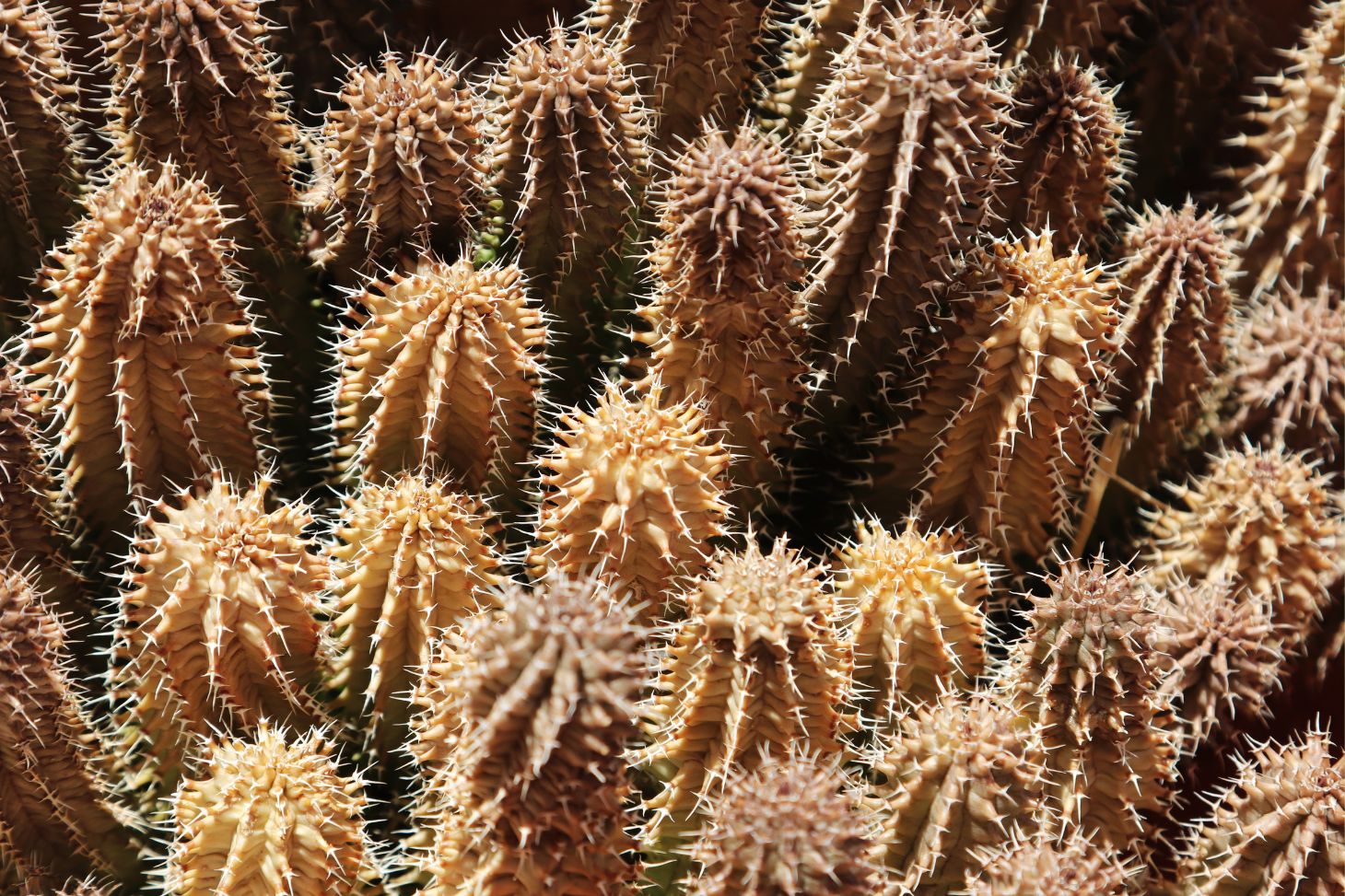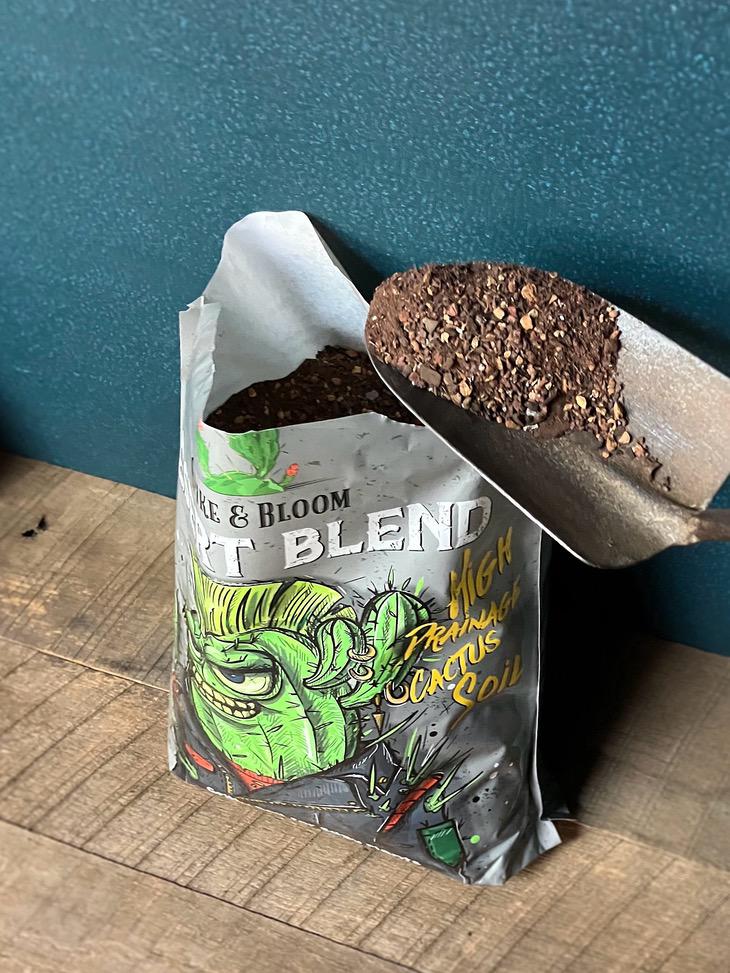Cactus Withering: Causes, Symptoms, and Effective Solutions
Seeing your cactus start to wither can be worrying, especially if you’ve worked hard to care for it. Cactus withering is usually caused by problems like too much or too little water, not enough sunlight, or rot from overwatering. Knowing what a healthy cactus should look like can help you spot trouble early and take action before it gets worse.
You might notice the stems getting soft, changing color, or your cactus shriveling and looking less sturdy. Learning how to recognize the warning signs and fix the root problem can help your cactus recover and stay healthy for the long term.
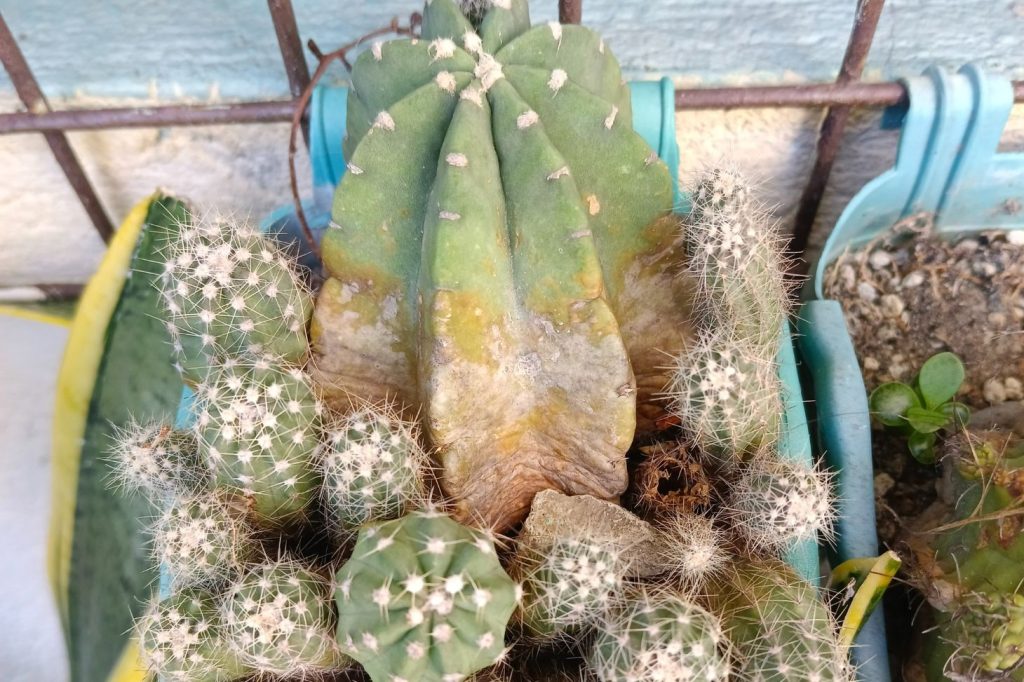
Key Takeaways
- Proper care helps prevent cactus withering.
- Recognizing symptoms early can save your plant.
- Simple changes in water and light often fix most issues.
Causes Of Cactus Withering
Cactus withering can happen due to problems with watering or soil. Each type of issue can impact how your cactus looks and grows.
Overwatering Issues
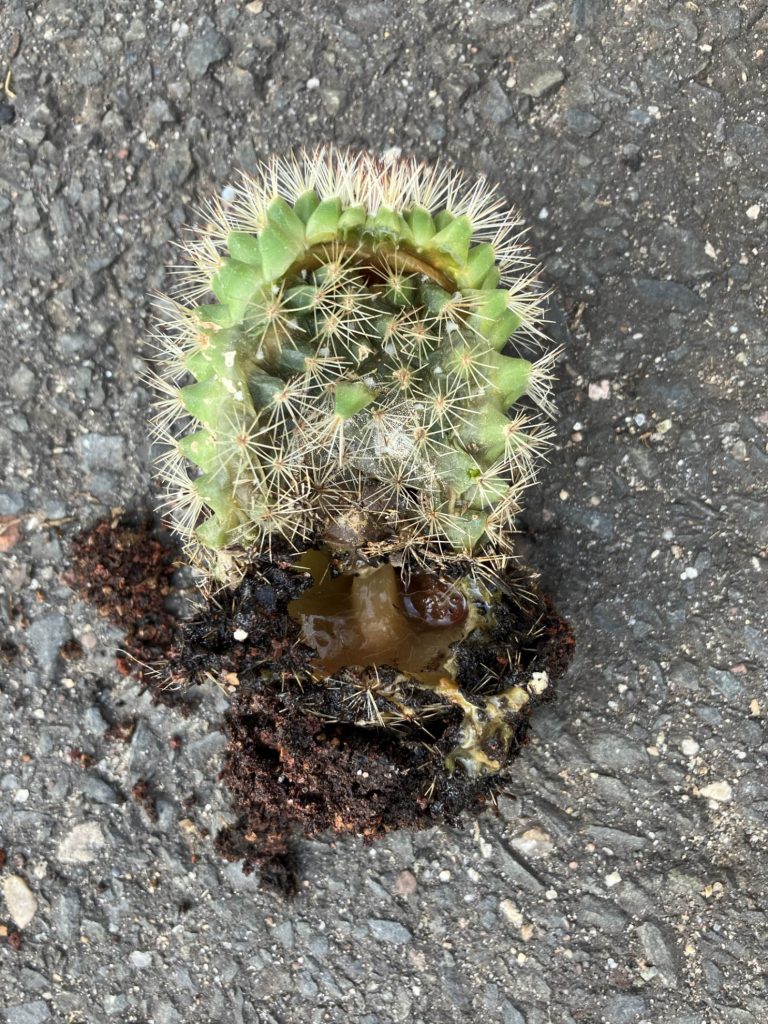
Too much water is a common reason for cactus withering. Unlike many houseplants, cacti prefer drier conditions. When you overwater, the roots sit in soggy soil and can’t get enough air. This leads to root rot, where roots become brown or black and mushy.
With root rot, the cactus may look soft, mushy, or even turn brown at the base. If you notice any of these signs, it may be too late to save the whole plant. Cut away any soft or black areas using a clean knife to prevent the rot from spreading. Water only when the soil is fully dry. Remember, it’s better to underwater than overwater a cactus.
Check your watering schedule. In cooler months, some cacti need water only once a month or less. Always use a pot with drainage holes to help extra water escape.
Underwatering Stress
Cacti can survive with little water, but long periods without water cause problems. When a cactus is too dry, it shrivels or wrinkles, especially at the base.
Cactus stems store water, so when there isn’t enough moisture for a long time, the plant uses up its supply and starts to sag. The skin may look puckered or wrinkled. Healthy cactus soil should feel dry before you water, but the plant should not look limp or shrunken.
If your cactus is wrinkling, water it deeply and allow excess water to drain out. Be careful not to soak it again until the soil dries fully. Too much water after a dry spell can also cause damage, so increase water slowly if the cactus is very dry.
Poor Soil Drainage

Soil that doesn’t drain well leads to root problems for cacti. Cactus roots are adapted to desert soil, which is loose and gritty. Regular potting soil holds too much water, creating the risk of rot and fungus.
Always use a special cactus mix that drains well. You can also make your own by mixing regular soil with coarse sand or perlite. This mix should ideally dry out quickly, but the duration can vary. In warm conditions, it may dry within a day, while in cooler conditions, it can take several days to a week. Pots should have drainage holes at the bottom.
Soggy soil, a musty smell, or mold means your cactus isn’t draining well. This can cause root rot and make your plant weak. If you see these signs, repot your cactus with fresh, well-draining soil. This helps keep your cactus healthy.
You could try to mix your own cactus soil. But that means buying different ingredients, and you might end up with extra stuff you don’t need.
Why not make it easy? Our special cactus soil has everything your plant needs for perfect drainage. It’s the simple way to keep your cactus happy and healthy!
Ready to give your cactus the best? Try our premium cactus soil today!
Identifying Symptoms In Withering Cacti
There are several warning signs that show your cactus is struggling. Spotting these early can help you save your plant and prevent further damage.
Soft Or Mushy Stems
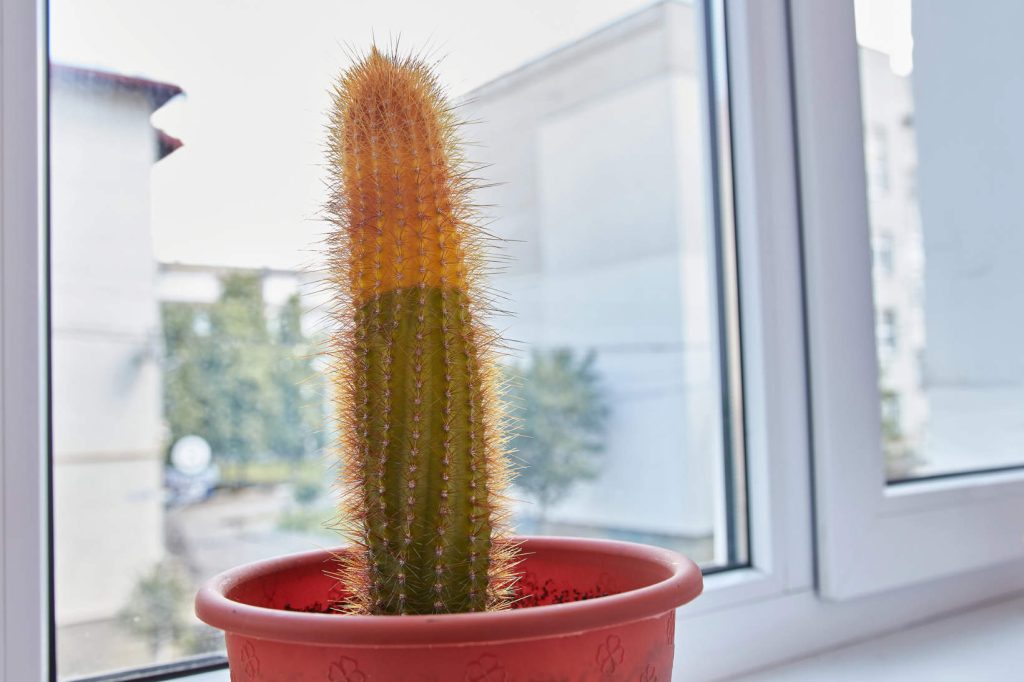
A healthy cactus stem should be firm and solid to the touch. When a cactus starts to wither, one of the first signs is often a stem that feels soft, mushy, or spongy. This happens when too much water is held in the stem, leading to rot or infection.
Touch different parts of your cactus gently with your finger. If any parts push in easily or leak liquid, this is not normal. Softness can also be a sign of root rot, especially if the problem starts at the base and moves upwards.
Check for black or brown patches on the stem, as these often show up before or along with mushy areas. Rotting stems also may have a foul smell. If you notice any of these symptoms, stop watering and inspect the roots as soon as possible.
Discoloration And Yellowing
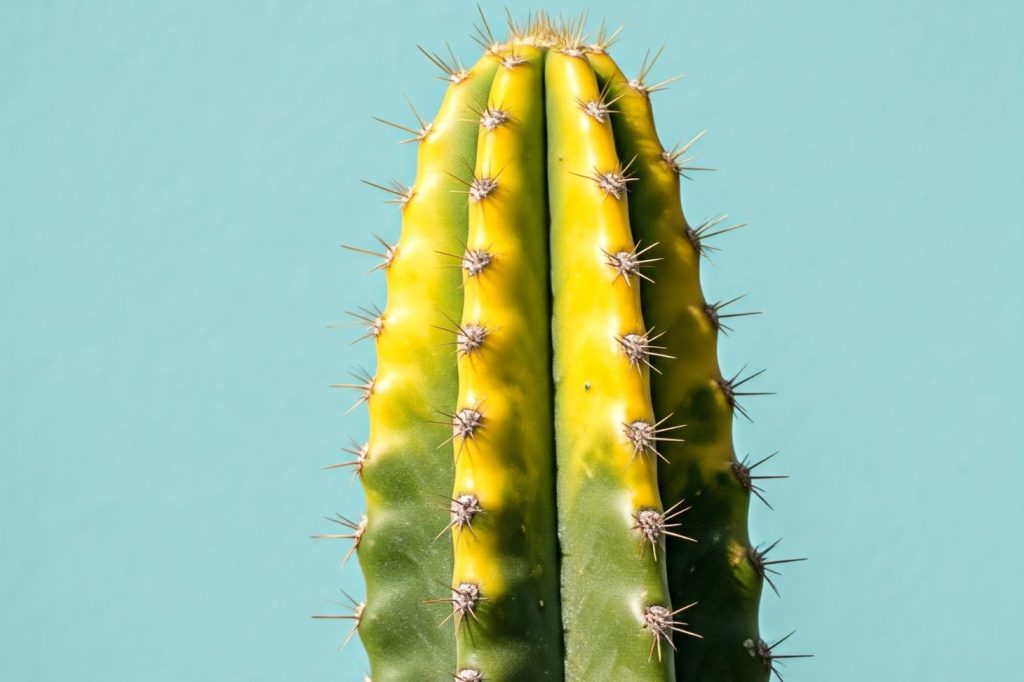
Cacti are usually green, but withering plants may change color. Yellowing (chlorosis) is a common sign of stress. This yellowing often starts at the base or tips and spreads over time. Sometimes, the plant may turn pale or grayish rather than a strong yellow.
Discoloration can be caused by too much sunlight, underwatering, or pest infestations. Sunburn can create white or brown patches, especially on the sunny side of the plant. Look for patterns: scattered spots may mean pests, while a faded color on one side often points to sun damage.
Check for other problems along with discoloration, like softness or wrinkling. It helps to keep notes on when and how you water your cactus to spot changes early.
Wrinkling Or Shriveling
When a cactus does not get enough water, its skin may start to wrinkle and look shriveled. These wrinkles are often most obvious on the sides or near the bottom of the plant. The cactus might also seem skinnier than usual.
Wrinkling happens because the plant is using up its stored water to survive. If you press gently on a wrinkled area, it should still feel firm, not mushy. This is how you can tell the difference between underwatering (wrinkling but firm) and rot (soft and mushy).
If your cactus is wrinkled try to adjust your watering schedule. Avoid overwatering, which can turn wrinkles into soft, rotting patches. Check that your pot has good drainage and the soil dries out between waterings.
Treatment And Prevention Strategies
Cactus withering often starts from water issues, poor soil drainage, pests, or not enough sunlight. Addressing these factors can help your cactus return to good health and prevent future problems.
Adjusting Watering Practices
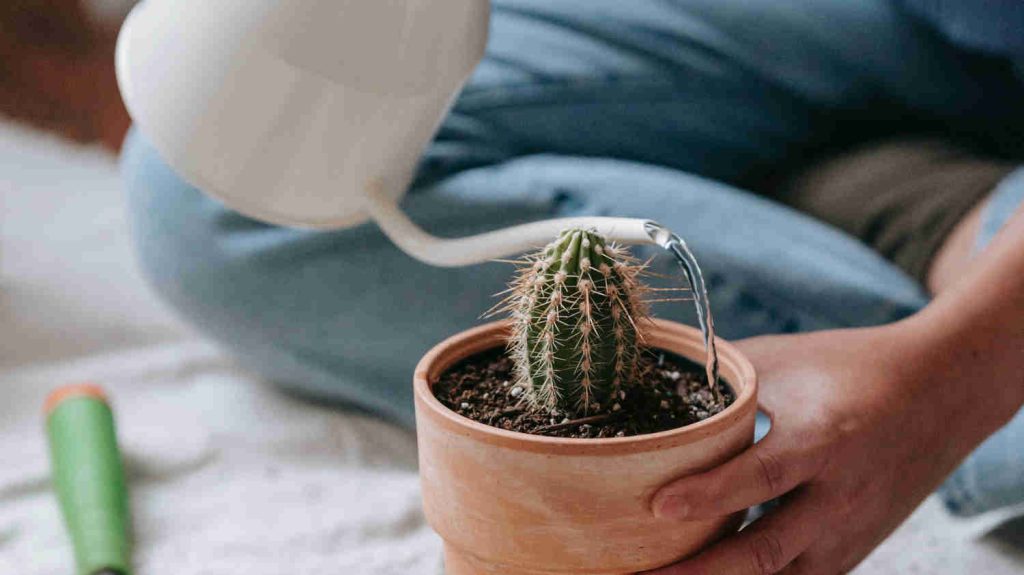
Cacti are sensitive to how much water they get. Overwatering can lead to root rot, while too little leaves them wilted or wrinkled. Always let the top inch of soil dry before watering again.
Use the “soak and dry” method. Water deeply until water comes out of the drainage holes, then wait until the soil feels dry to the touch before watering next. During the winter, reduce watering since cacti need less water when they are not actively growing.
Signs you may need to tweak your watering:
- Soft, mushy stems (overwatering)
- Wrinkled skin or shrinking (underwatering)
- Persistent soil moisture (infrequent watering may not be enough if air is very dry)
Improving Soil Conditions
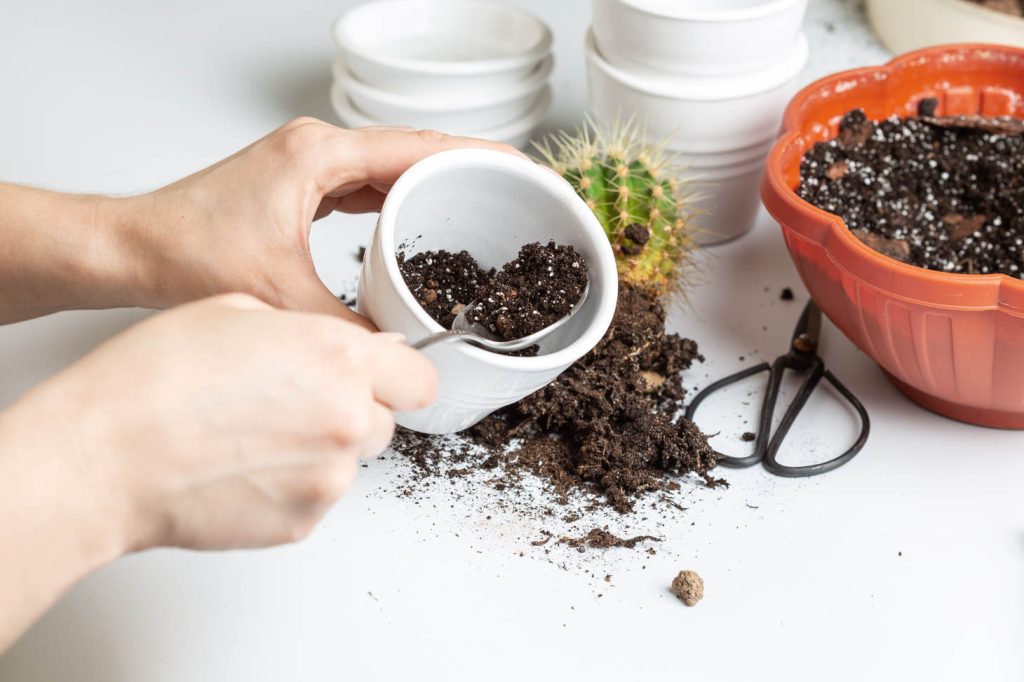
Cacti need soil that drains quickly to avoid root rot. Standard potting soil holds too much water for these plants. A mix with coarse sand, perlite, or a special cactus blend is best for healthy roots.
If you notice water sitting on the surface or the soil feels soggy for days, your mix may need more grit. Repotting into a gritty blend such as a well-draining cactus mix improves drainage right away. Always choose a pot with drainage holes.
Quick reference table for soil mixes:
| Soil Ingredient | Purpose |
|---|---|
| Coarse Sand | Increases drainage |
| Perlite | Keeps soil light |
| Cactus Mix | Pre-mixed for cacti |
| Pumice | Prevents compaction |
Enhancing Light Exposure
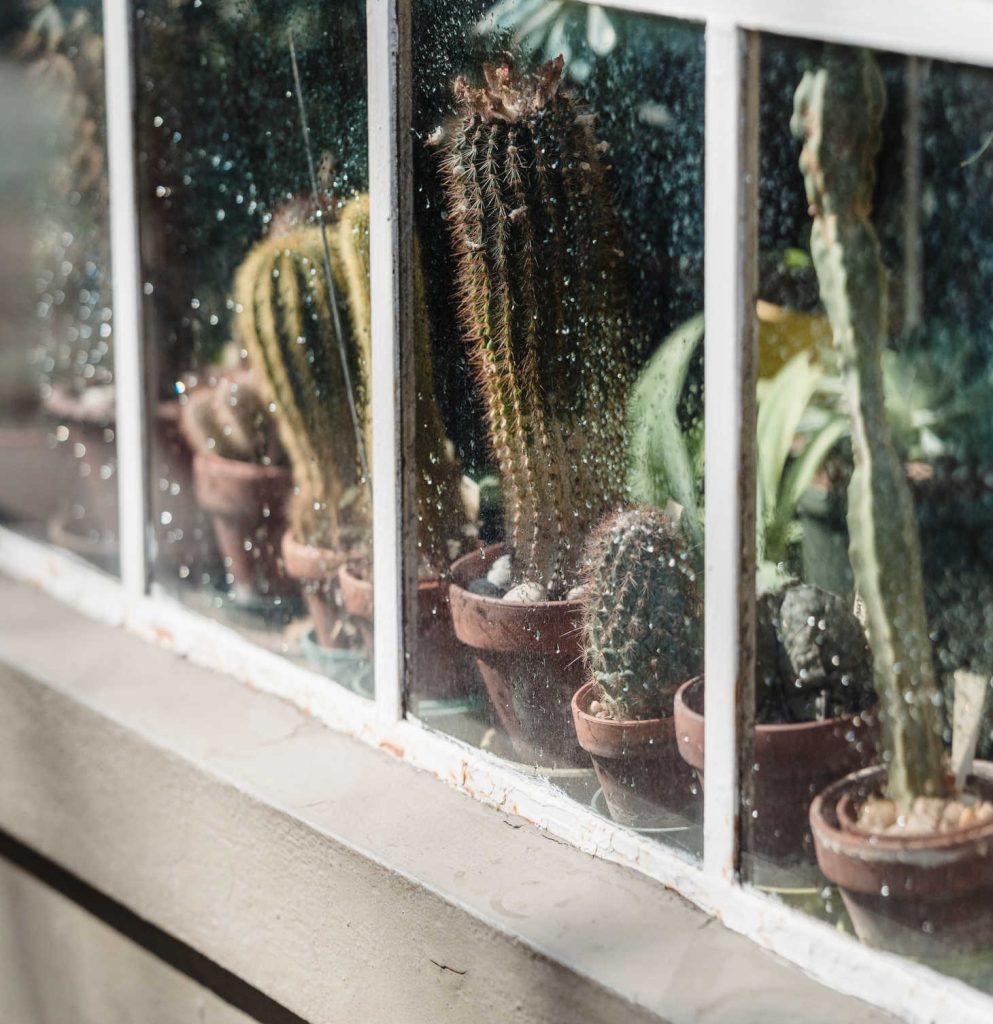
Cacti need bright light to thrive. Not getting enough light causes stretching, thinning, and weak growth. Most types need at least six hours of sun every day.
Place your cactus near a sunny window. If indoors, south or west-facing windows work best. In low-light homes, consider a grow light made for succulents. Too much direct sun can cause sunburn, so if you move your cactus outdoors, do so gradually.
Watch for signs of poor light:
- Pale or yellow new growth
- Stretched or “leggy” appearance
- Leaning toward a window
Managing Pests And Diseases
Wilting can signal a pest or disease problem. Common pests include mealybugs and spider mites. These can be seen as white cottony spots or fine webbing.
To treat pests, wipe the plant with a cotton swab dipped in rubbing alcohol. You can also use a gentle insecticidal soap or neem oil. Make sure to check both the base and undersides of plant parts. Remove nearby dead leaves or debris to prevent these insects from coming back.
Diseases mostly come from too much moisture and poor airflow. Root rot is especially common. Remove affected parts with sterile tools and let the plant dry before you water again. For fungal issues, use a fungicide suitable for succulents and improve air movement around your cactus.

